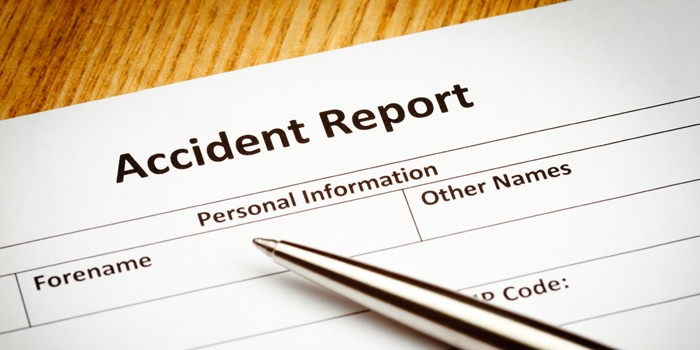The UK Marine Accident Investigation Branch published an investigation report about the collision between Petunia Seaways and Peggotty on the River Humber 19 May 2016, including what happened and safety lessons learned.
The incident
At 0450 (UTC+11) on 19 May 2016, the Danish registered ro-ro freight ferry Petunia Seaways and the historic motor launch Peggotty collided on the River Humber while in dense fog. As a result of the collision the motor launch suffered severestructural damage and began to take on water. The crew of a local pilot launch responded to Peggotty’s skipper’s VHF2 “Mayday” call and were able to reach the motor launch and rescue the skipper and the one other person on board before it sank. There were no injuries and no significant pollution.
Petunia Seaways’ bridge team remained unaware that the two vessels had collided until after they had left the river, when they were informed by VTS Humber.
The MAIB investigation established that Peggotty was visible on both Petunia Seaways’ and VTS Humber’s radar displays, although neither acquired the target nor attempted to plot it. At the time of the accident Petunia Seaways had a speed over the ground of 14 knots and was not sounding a regular fog signal.
Although Peggotty’s skipper/owner was an off-duty pilot employed on the River Humber, the short voyage from Grimsby to Hull was not being conducted in accordance with best maritime practice and Peggotty’s seaworthiness was affected by a number of factors.
The MAIB investigation concluded that Peggotty’s skipper became disorientated in the dense fog, resulting in him taking the motor launch into the shipping channel and subsequently into the path of the outbound ferry.
Associated British Ports conducted an internal investigation into the collision. This resulted in a number of actions being taken, including the suspension of both Peggotty’s owner from his duties as a Humber pilot and Petunia Seaways’ master’s Pilotage Exemption Certificate for the Humber. A general notice providing guidance on navigation in fog and a specific notice to Vessel Traffic Services Operators aimed at clarifying their role during periods of restricted visibility were also issued.
Conclusions
- Peggotty was not seaworthy as it did not meet the requirements specified by SOLAS and the COLREGs.
- Peggotty’s skipper did not reassess his mental passage plan when it was apparent that the fog would make visual navigation impossible. The action taken by Petunia Seaways’ master was insufficient and too late to avoid a collision.
- A reduction in Petunia Seaways’ speed would have allowed the master more time to assess the radar target ahead of him.
- Had Petunia Seaways’ fog horn been sounding regularly, Peggotty’s skipper might have been alerted to his situation.
- The VTSO did not monitor small vessels effectively to deconflict traffic.
- The VHF conversation between the VTSO and Cape Star was a distraction during a critical time.
- It would have been prudent for the VTSO to advise traffic to proceed with caution within the vicinity of the accident.
Further details may be found in the following report
Source: UK MAIB





























































